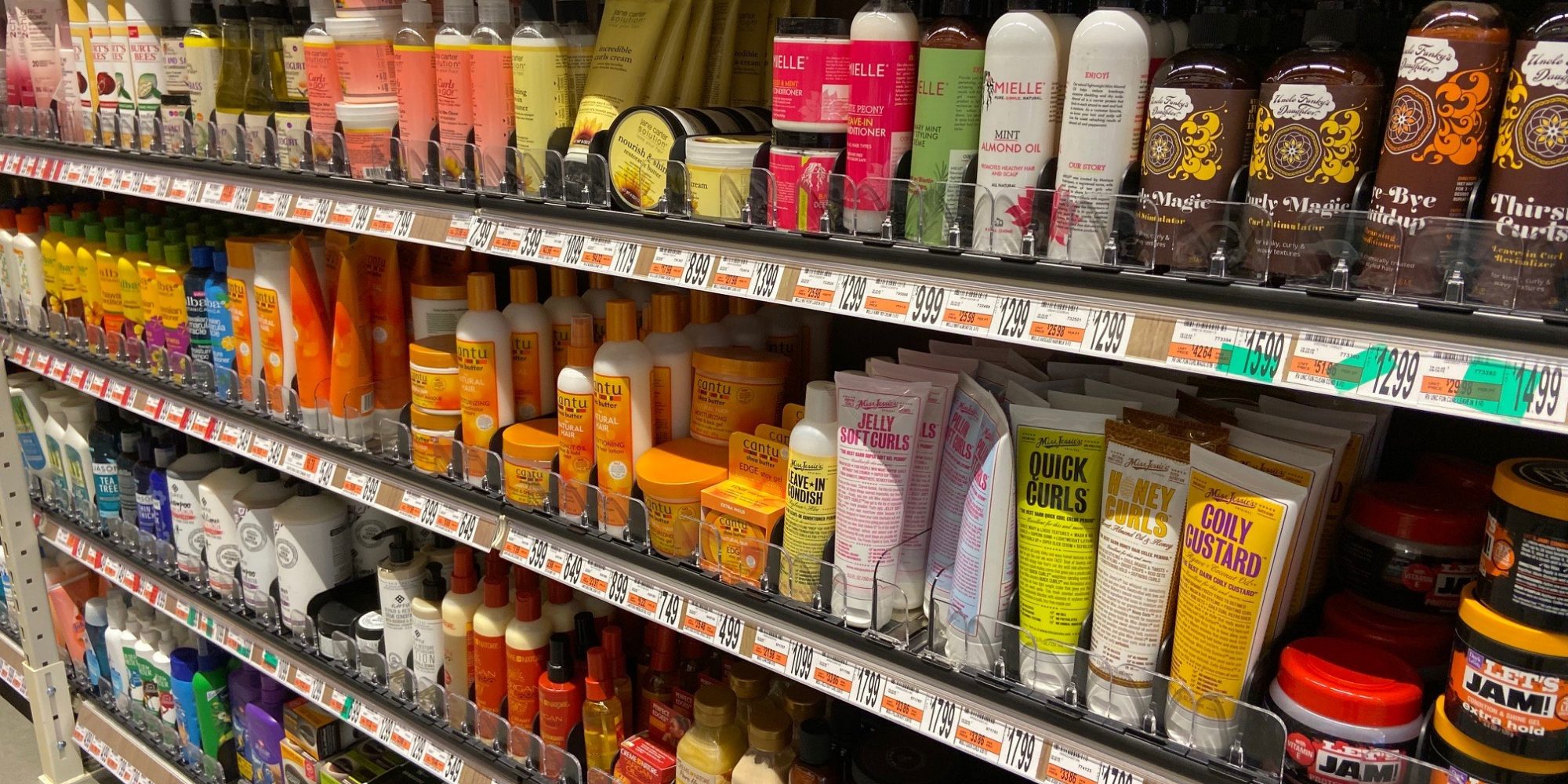
Wegmans Moved Into Brooklyn And Left Makeup Behind
When beloved grocer Wegmans opened its first New York City store at Brooklyn Navy Yard last month, it revealed over 50,000 products, including more than 300 varieties of cheese and 2,000 organic items, a burger bar, all manner of hot and cold prepared food, and a 100-seat Market Café serving wine, beer, cocktails and snacks. There’s also an ample assortment of personal care products that combines national names with exclusive brands and indie options. What’s missing from the 74,000-square-foot location is an array of traditional color cosmetics, a staple at Wegmans’ other doors.
The makeup edit is indicative of the category’s slumping performance, and could portend a broader retreat from the slow-moving and SKU-intensive category at the chain and supermarkets generally. The grocery channel has long struggled with the balance between selling blush and hawking broccoli. At Wegmans’ marquee location, broccoli has won the battle. The company declined to comment on the cosmetics excision, but experts surmise it was dictated by the customer base, competition and store size.
“I would imagine that Wegmans decided that, with smaller makeup margins and lack of turn, to invest in their primary foods, household and personal care products,” suggests beauty industry consultant Allan Mottus, adding the clientele factored into the makeup withdrawal, too. “With millennials, it is far better to have prepared foods, delivery options and more upscale food choices. Moreover, makeup is declining, so why invest there at all.” He notes beauty is a category prone to pilferage, a problem that further dilutes profits.
Wegmans isn’t entering a beauty desert. New Yorkers can easily pick up mascara at Sephora or ubiquitous Duane Reade pharmacies. Faced with the competition and the cosmetics segment’s ills, Wegmans apparently deemed makeup a probable loser in Brooklyn. In September, Nielsen tracked a makeup sales decline of 4% in the mass sector. In prestige, it’s been harder hit. In the third quarter, The NPD Group figures makeup sales decreased 7%.
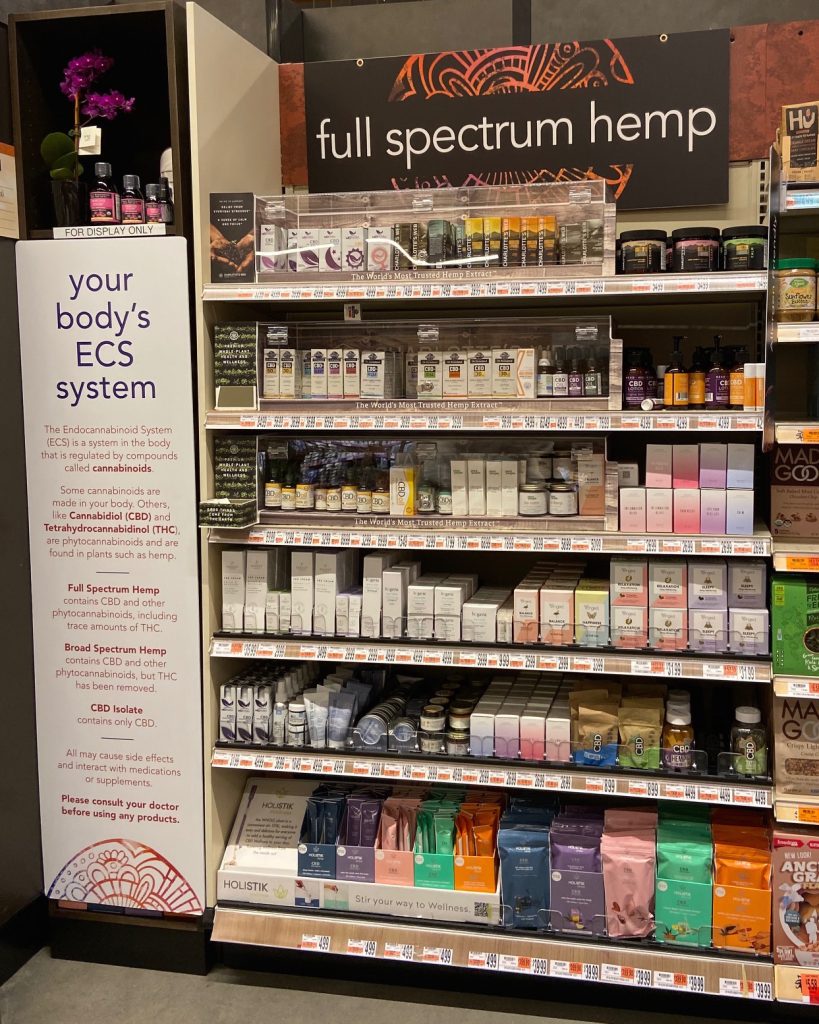
Wegmans isn’t the only grocer debating what to do with cosmetics and personal care. Joseph Bona, president of Bona Design Lab, has noticed Whole Foods took space allocated to its Whole Body health and beauty care section in Manhattan, and integrated the health and beauty merchandise into the rest of the store mix. He mentions the real estate was transformed into a convenience store format called Daily Shop.
“Most likely, the thinking was that they would rather focus on higher margin/higher frequency categories like prepared foods and beverages. Even though HBC [health and beauty care] margins may be high, the inventory turns are nothing like what you’d see on prepared foods,” says Bona. “After all, if I buy shampoo today, I probably won’t need another bottle for a while. By contrast, I drink coffee every day, eat lunch every day and snack almost every day. Could Wegmans have learned something from the rationalization of Whole Body from Whole Foods?”
Supermarkets have reason to rationalize. A decade ago, supermarket industry report Non-Foods Management estimates food chains once had about 19% of pegged cosmetics sales in the mass sector. Those sales have now plummeted to around 8%. What’s happening, according to Burt Flickinger, managing director of the Strategic Resource Group, is a bifurcation with supermarkets either going all in on beauty or easing out of it.
Village ShopRite in New York, for example, has pushed heavily into beauty. Flickinger says, “Wegmans will keep a close eye on how ShopRite’s efforts pay off.” For beauty brands, he argues food chains can spell a lot of money, and they’re leaving it on the table by not paying attention to them. “They concentrate on luxury…and miss an opportunity to see that superstores [food and drug combos] are one of the fastest-growing segments,” he says. There’s traffic at supermarket pharmacies that has a halo effect on beauty sales, continues Flickinger. He shares some chains fill 100,000 prescriptions a week. Drugstores average closer to 7,000 per week.
“Wegmans decided that, with smaller makeup margins and lack of turn, to invest in their primary foods, household and personal care products.”
That potential of beauty isn’t lost on H-E-B, arguably the strongest food retailer in the category. It recently opened a beauty store-in-store in its home market of San Antonio called Beauty by H-E-B. There are trained beauty advisors dedicated to its 4,000 square feet, and brands not typically sold at supermarkets such as Smashbox, Pixi, Vichy and La Roche-Posay are available. Hy-Vee, Kroger and Stop & Shop are likewise burnishing beauty assortments.
Flickinger asserts Wegmans isn’t totally walking away from makeup, but rather tailoring its footprints to be market and store size specific. He mentions the Brooklyn location is 55,000 square feet smaller than a typical Wegmans’ general merchandise location, and that it doesn’t have a pharmacy, a customary link to beauty and personal care. He contends Wegmans wants to observe how New Yorkers take to its exclusive and private-label food selection before executing non-foods strategies. The food categories turn 15 to 95 times per year versus fewer than three yearly inventory turns for pegged cosmetics.
The Brooklyn store is definitely different from Wegmans’ store elsewhere. At a New Jersey store, Wegmans demonstrates a commitment to cosmetics. Maybelline, CoverGirl, NYX and E.l.f. are present. The dissimilarities are evidence of Wegmans’ perennial efforts to tweak beauty, says a retail competitor. In the early 2000s, it tried out glass counters and sold a bath line called Lady Primose that was offered at Neiman Marcus as well.
Wegmans hasn’t totally abandoned beauty in Brooklyn. While pegged cosmetics are gone, the health and beauty care aisle is in the center of the store and stocked with a plethora of brands. Wegmans is betting big on CBD. There’s a five-foot area devoted to the cannabinoid stocked with brands such as Sagely Naturals, Holistik, Charlotte’s Web and Winged. In hair care, oral care, skincare and deodorants, Mielle Organics, Uncle Funky’s Daughter, Thayers, MyChelle, Allafia, Andalou and EO Products’ Everyone are carried.
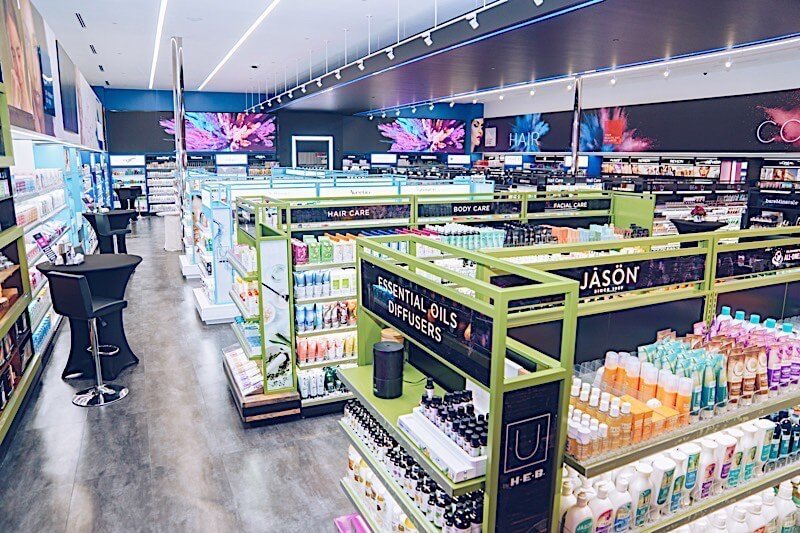
“Indie brands are one of Wegmans key power allies of strength,” says Flickinger. “They are perceived as better quality, better packaging and higher levels of satisfaction [than national brands]. Wegmans knows it shoppers reject the brands of their grandparents and parents who grew up on Revlon but want independents for innovation.”
Wegmans has integrated natural products with conventional goods throughout the Brooklyn store rather than separate them out in Nature’s Marketplace, a section found frequently in its stores. A Wegmans’ employee explains the blending isn’t only about space. It’s because consumers prefer to find all the products they need within the appropriate category. They like shampoos together, for instance, whether they’re natural or not.
Wegmans, a family-owned retailer with 101 units that posted sales of $9.2 billion last year, has flourished at a time when many supermarket chains have closed or consolidated. Unfortunately for the cosmetics category, if its beauty approach makes it in New York, it just might make it anywhere.
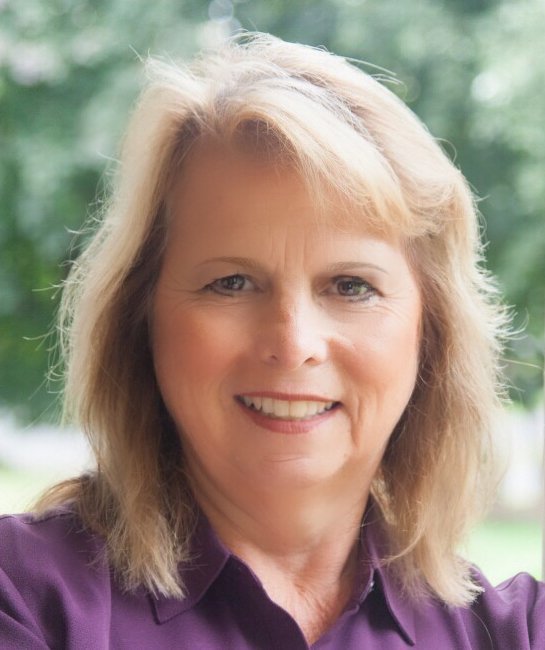
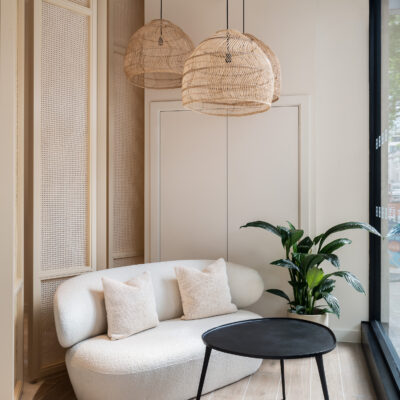
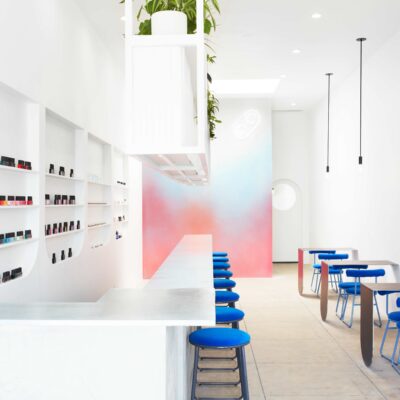
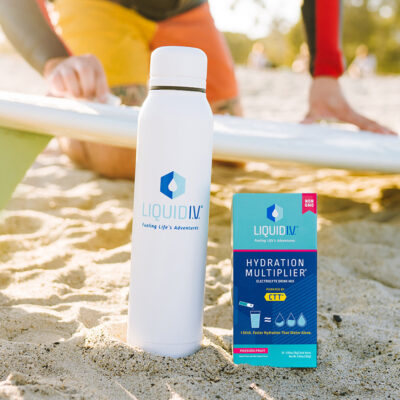

Leave a Reply
You must be logged in to post a comment.